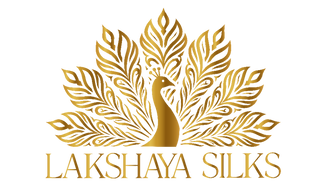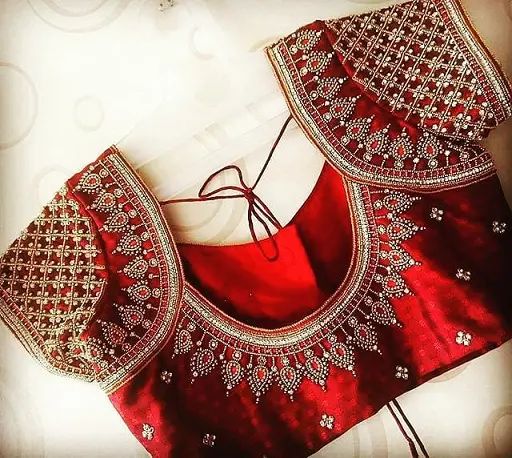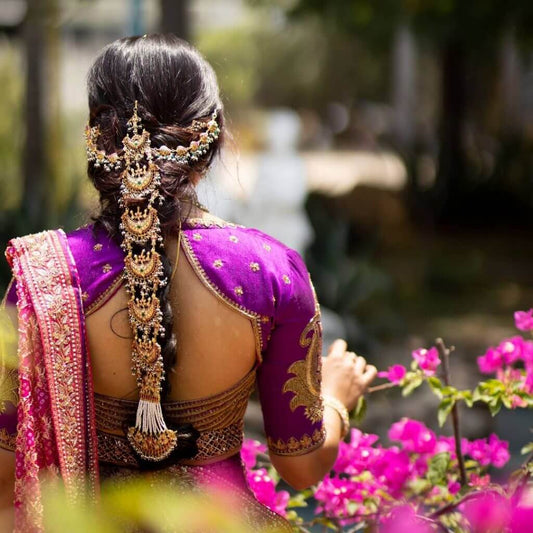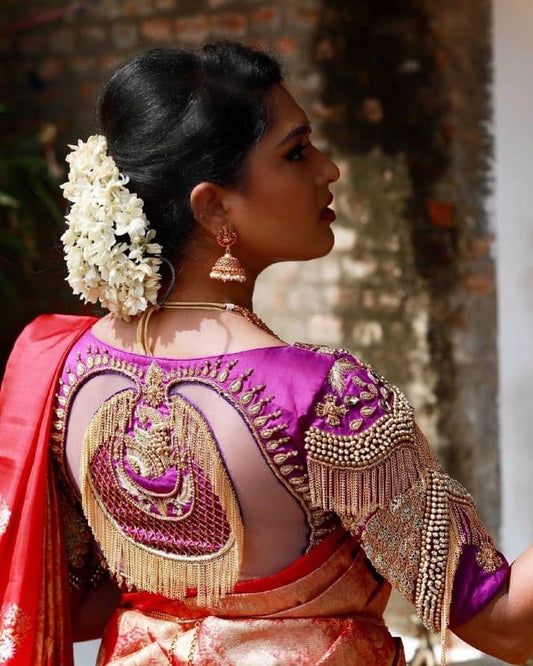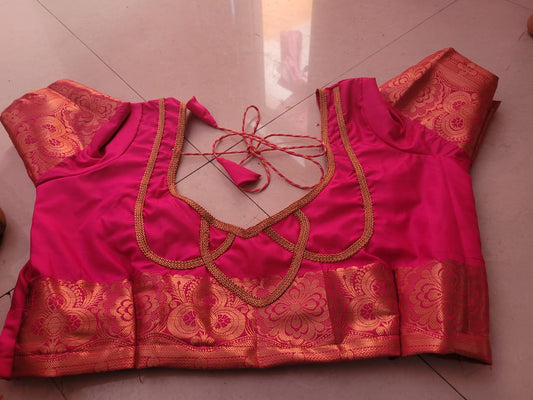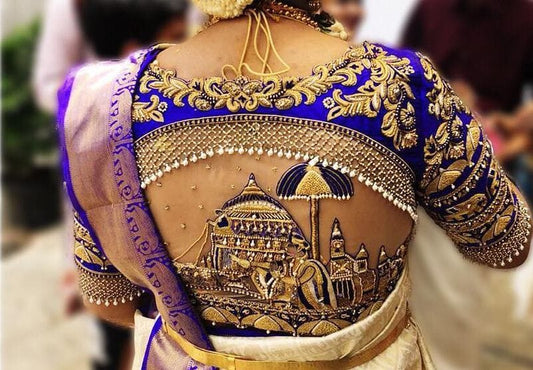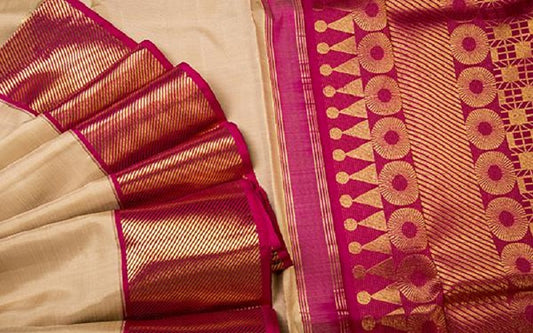Silk sarees are mostly lauded for their designs. The weaving quality and its richness are unique to Kanchipuram sarees. You may already know how difficult it is to produce one saree since the weavers pour all of their hearts into the design. They try to portray our heritage in the best manner possible. It is done through the motifs on the saree. This blog will share the intricate design process of silk saree patterns.
Why so much importance for the designs?
Designs can be anything, right? No! In Kanchipuram silk sarees, the motifs and patterns narrate a story. It paints a vivid picture of our culture, mythology, and events in our rich history. Therefore, the designs are not random when it comes to Kanjivaram sarees. It is the reason why designs are an integral part of traditional Kanchipuram sarees.
A deep dive into the process
Visualization of the design
Every saree has a beautiful pattern that acts as the main attraction. Generally, women prefer to have motifs that look elegant and big. Others might want to try modern designs that add a soothing atmosphere to the overall design. Be it anything, the weavers first work out the design they may want to try out.
Traditionally, you can see several motifs on Kanchipuram sarees. Here are some of the designs that women very much love.
- Mayil (Peacock)
- Yaali
- Maan (Deer)
- Hamsa (Swan)
- Simha (Lion)
Those motifs with a wide fan following will come to the weaver’s mind. So, once the weaver decides to go with a design, he visualizes it on paper.
Sketching
Once the concept is finalized, then the design is digitalized. It gives an idea of how the design gets translated as the final output. Generally, every pattern would be 1 inch high.
Weavefill and pixelation
After the sketch is prepared, the next step is pixelation. Following that, the weave fill is set up for the design. The loom decides the number of pixels for the sketch. A compatible jacquard machine can render the sketch in high resolution, but a small one would restrict the density of the pixels. After this, the sketch is implemented in the weave fill. It is a crucial step since this decides the quality of the fabric and the distinction of the saree.
Each pixel goes through a meticulous quality check to ensure consistency.
The final step
Once the weave fill is complete, the final step is to weave the fabric. It is done by creating punch cards for the designs.
The quality of the final product relies heavily on the weave fill, loom set up, and the weaver’s skill.
Bringing the pattern to the final product is no easy task. It requires creative thinking and proper tools to enhance the design. The next time you are shopping for bridal sarees, notice the intricacies of the patterns and marvel at the beauty of those designs.
Lakshaya Silk Sarees ensure that our customers get the best designs at competitive rates. That is why we have wedding silk sarees below 10000 without compromising the quality of the silk sarees.

